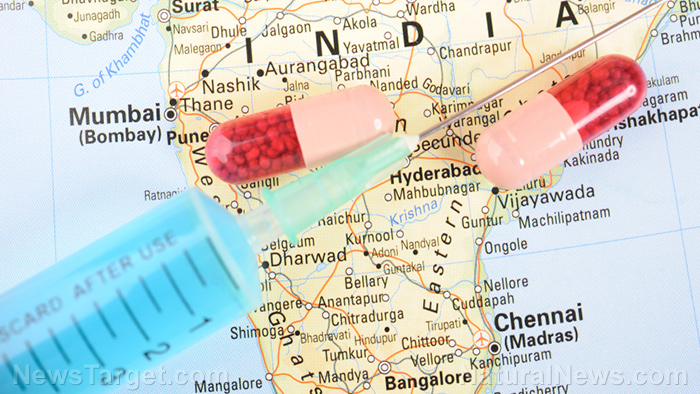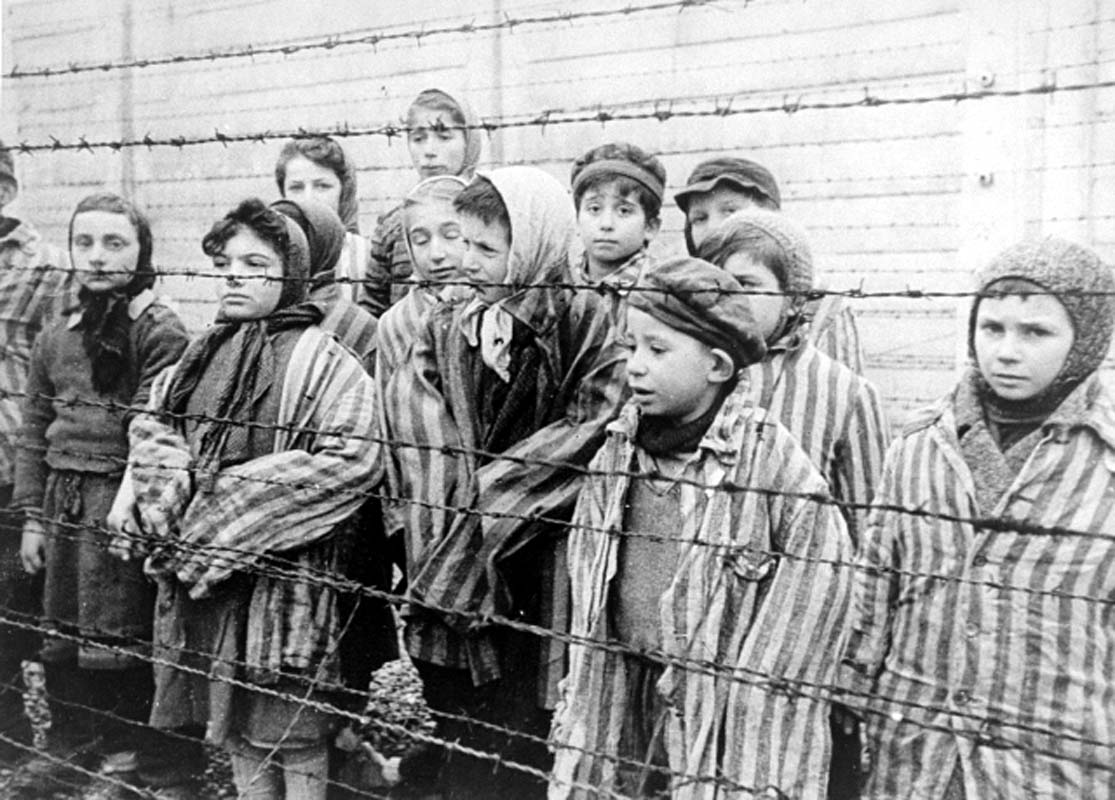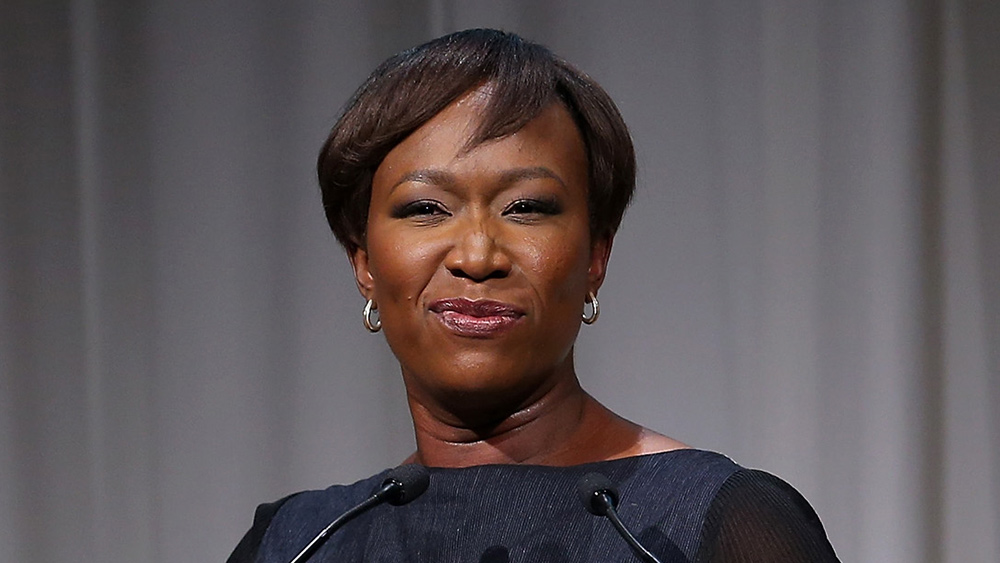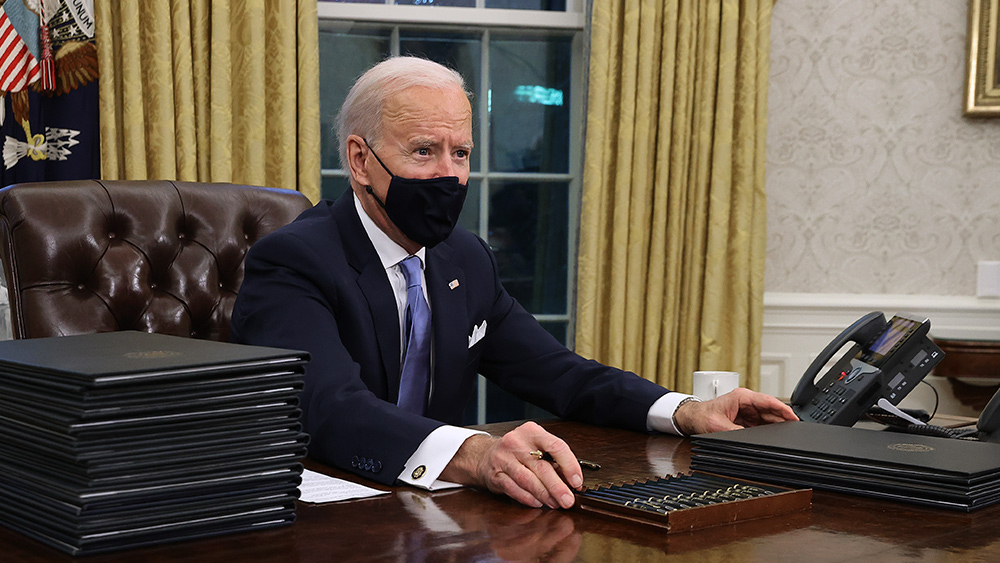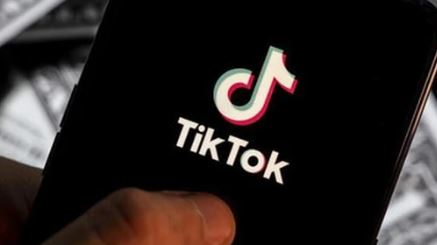Gasoline prices in California approaching $4 per gallon
By virgiliomarin // 2021-04-11
Tweet
Share
Copy
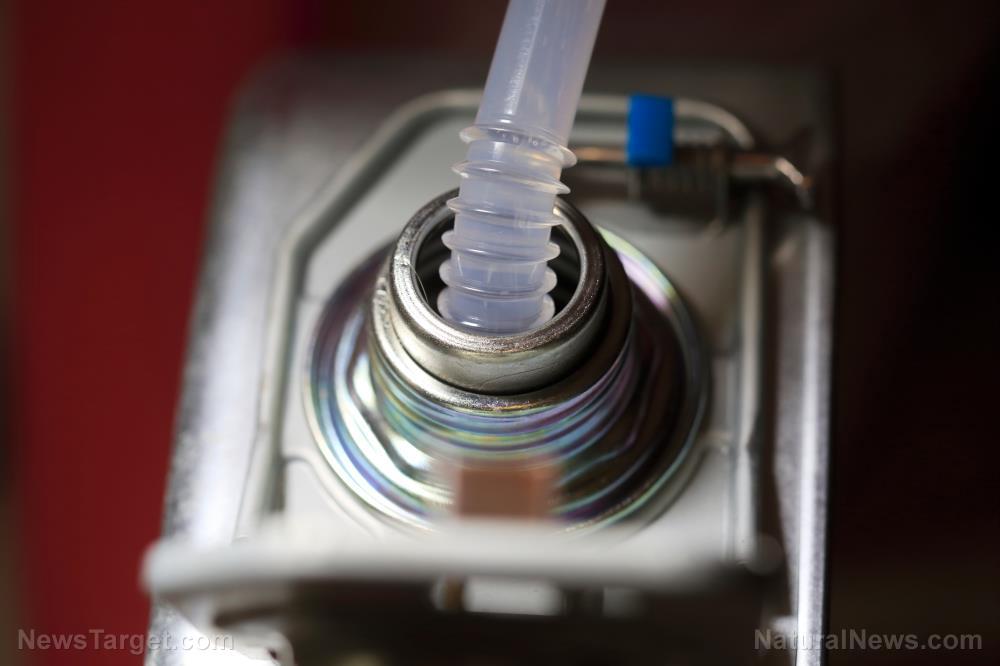
Gasoline prices in California came close to $4 per gallon on April 8. The average price at the pump climbed by 18 cents in the last month to $3.93 per gallon, according to the American Automobile Association (AAA). AAA spokesperson Jeff Spring said that the average price last topped $4 in November 2019.
In the San Francisco cash market, where refiners and retailers trade the motor fuel, the premium on gasoline for April deliveries went up by 2 cents to 12 cents a gallon, according to data compiled by Bloomberg. That is the highest premium since Jan. 7.
Cash market increases are typically passed to consumers after the fuel is moved down the supply chain.
In the Los Angeles and Long Beach cash market, the average pump price rose by 2 cents in the last week of March to $3.96 per gallon on April 7, as shown by figures from the AAA and the Oil Price Information Service. That is 17.3 cents higher than a month ago and 93.2 cents greater than a year ago, when global fuel prices plunged due to the Wuhan coronavirus (COVID-19) pandemic.
The average price in the neighboring cities had been rallying recently. It went up by a total of 73.1 cents since the start of the year, driven mainly by 59 consecutive increases in 60 days that totaled 57.9 cents. Increases stopped momentarily on March 21, then surged once again.
California eases pandemic restrictions
The price hike came as most of the state's 58 counties had moved out of the highly restrictive purple tier in recent weeks. The majority are now either in the red, orange or yellow tier, all of which allow more businesses to reopen. In the red tier, restaurants, museums and movie theaters can operate at 25 percent capacity or 100 people, whichever is fewer. Gyms can also open at 10 percent capacity while stores and malls can increase their capacity to 50 percent. Indoor gatherings are discouraged but allowed, with a maximum of three households. Bars that do not serve food must remain closed. In the orange and yellow tier, many of the aforementioned places can open indoors at higher capacity. Restaurants, for example, can operate at half capacity. In the orange tier, bars can reopen outdoors and smaller amusement parks can begin operations at 25 percent capacity. In the yellow tier, bars can start accommodating customers indoors at 25 percent capacity or 100 people, whichever is fewer. The uptick in gasoline prices also came following California Gov. Gavin Newsom's announcement of a statewide reopening of the economy in June. On April 6, Newsom announced that he would lift all restrictions except for mask mandates starting June 15. He specified that the move pushing through would be contingent upon a few factors, including hospitalization rates remaining stable and low. But even before the announcement, demand had already been increasing as more Californians started to travel, said John Faulstich, an oil analyst at Stillwater Associates in Irvine, California.Factors driving up fuel prices
Restrictions imposed as a result of the pandemic are some of the majors contributors to the sharp increases in pump prices. Oil cartels produced less oil last year to prop up oil prices as more people hunkered down at home due to pandemic restrictions. But these oil stewards had been slow to ramp up production as demand started to rebound in recent months. "Crude, not demand, has been the main factor driving gas price increases this year," AAA spokesperson Jeanette Casselano McGee said in February. Bungled responses to the pandemic also knocked out refineries and cost thousands of Americans their jobs. By late last year, more than a dozen refineries had closed down, reducing America's oil production by over a billion barrels a day. "It's possible some capacity could come back online in the 2022 to 2023 timeframe, but by and large, we think these closure announcements will mostly prove permanent," Raymond James analyst Justin Jenkins wrote about the refinery shutdowns in a December report. While fuel supplies remain stable, they have gotten a little tighter in California amid the increase in tourist activity. Data from the Energy Information Administration showed that gasoline inventory fell in the West Coast, as well as New England, last week. West Coast stockpiles, which are reflected mostly by California, dropped by 547,000 barrels to 30.9 million barrels. (Related: Hyperinflation begins: Supplies of everything are running short as prices soar.) Learn more about how pandemic restrictions disrupted the economy and drove fuel prices up at Pandemic.news. Sources include: RigZone.com ABC7.com NYTimes.com APNews.com Finance.Yahoo.comTweet
Share
Copy
Tagged Under:
economy government oil prices California oil food supply economics gasoline transportation energy pandemic fossil fuel risk inflation fuel Gavin Newsom restrictions reopening the economy gasoline prices fuel prices fuel supply
You Might Also Like
USA Today helps Stacey Abrams push MLB All-Star Game lie by retroactively editing her column
By News Editors // Share
Poisonous rhetoric: Joy Reid, kooky guests go all out priming viewers to hate conservatives
By News Editors // Share
Biden forces working taxpayers to foot bill for those injured, killed by Covid-19 vaccines
By Ethan Huff // Share
Recent News
A new golden era: Bullion's meteoric rise defies conventional wisdom
By willowt // Share
Omega-3 fatty acids: A natural shield against depression and anxiety
By patricklewis // Share
Untreated sleep apnea accelerates cardiovascular aging and increases mortality risk, new study warns
By patricklewis // Share
